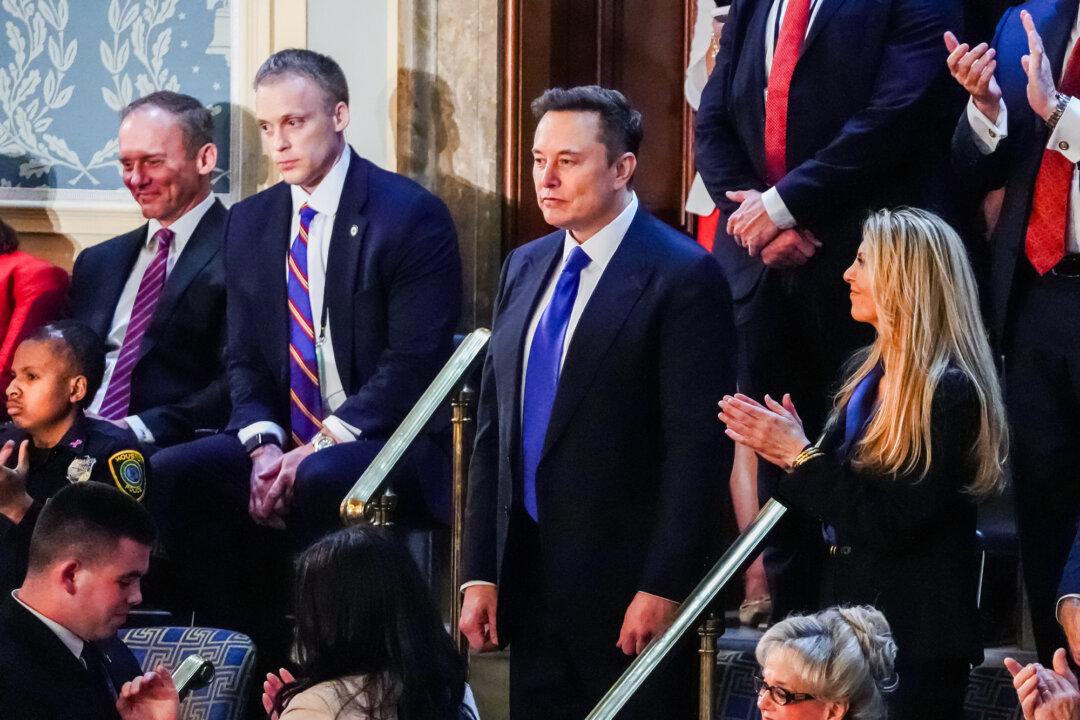WASHINGTON—The Food and Drug Administration (FDA) on April 22 announced a plan to remove artificial dyes from the United States’ food supply.
Officials said that the government is banning two synthetic colorings—Citrus Red No. 2 and Orange B, which can currently be used to color hot dogs and sausages—and is going to work with companies to eliminate the other dyes by the end of 2026.
Health and Human Services Secretary Robert F. Kennedy Jr. and National Institutes of Health Director Jay Bhattacharya also spoke. Kennedy told a crowd that included Make America Healthy Again (MAHA) Moms that Bhattacharya was investigating various other food additives.
Melissa Hockstad, president and CEO of the Consumer Brands Association, which represents food and drink manufacturers, said in a statement that additives have been studied and demonstrated to be safe.
“We appreciate that the administration has reasserted their leadership in response to the myriad of state activity in the food regulation space,” she added. “A state patchwork of differing laws creates confusion for consumers, limits access to everyday goods, deters innovation, and increases costs at the grocery store.”
The FDA lets manufacturers use nine artificial dyes in food and drinks. Many are made from petroleum.
FDA webpages last updated in 2023 say artificial food additives are generally safe when used in line with FDA regulations.
A PepsiCo representative said at the time that the company is “focused on providing consumers with convenient, affordable, and safe foods and drinks—including more options with natural ingredients, no synthetic colors and reductions in sugar, fat, and sodium.”
Tyson has not responded to requests for comment.
Kennedy said on April 22, “I want to commend food companies for working with us.”
He also accused the food industry of suppressing research and said that the National Institutes of Health, which, like the FDA, is part of the Department of Health and Human Services, is “narrowly targeting” additives for scientific study.
Officials said the administration had not yet made a formal deal with food companies on dyes.
“There are a lot of tools at our disposal,” Makary said. “Let’s start in a friendly way.”
Some companies have removed dyes from products in recent years. Kraft, for example, in 2014 swapped artificial dyes in its macaroni and cheese for spices such as paprika and turmeric.
“There’s no one ingredient that accounts for the child chronic disease epidemic, and let’s be honest, taking petroleum-based food dyes out of the food supply is not a silver bullet that will instantly make America’s children healthy,” Makary said. “But it is one important step.”



